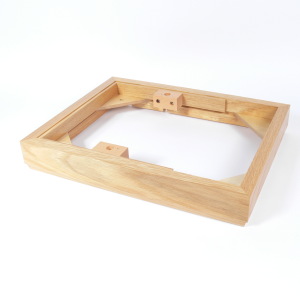
S/PDIF stands for Sony/Philips Digital Interface.
You’ll often hear coax cables specifically referred to as S/PDIF but, in fact, it applies to optical too, as both optical and coaxial cables can transmit the S/PDIF format.
Q. Why are there two different cables that do the same thing?
A. Choice.
Initially, coax cables were the cable of choice for Sony, Philips and most other manufacturers. However, when Toshiba entered the market, they had developed optical transmission as their own connection of choice. Optical was then quickly adopted by other CD and DAC manufacturers to give consumers as much flexibility and choice as possible.
It is important to understand that both coax and optical cables are designed specifically for high frequency, complex digital data transmission so you need to be sure that the specific cable you are considering is suitable for the digital S/PDIF format (not an analogue coax cable, for example).
All Kimber coax and optical digital cables are designed to transmit S/PDIF signals.
See our digital audio cable range
You may also be interested in:
What are Digital Audio Cables?
Which is best: Coaxial Digital Audio cable vs Optical Digital Audio Cable?
What is Toslink?
What are AES/EBU Digital Audio Cables?























